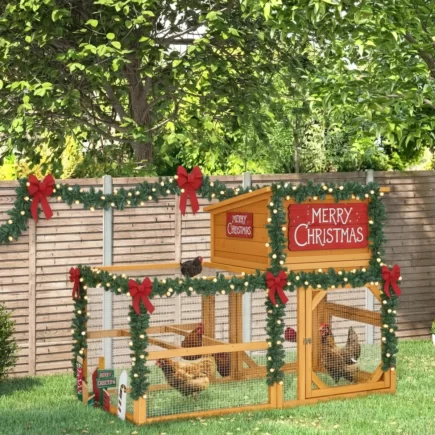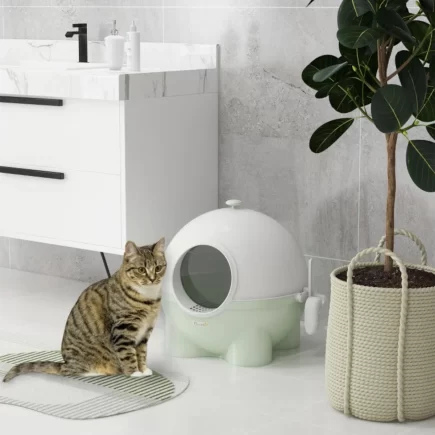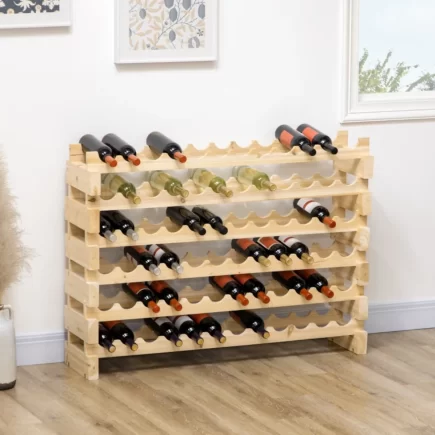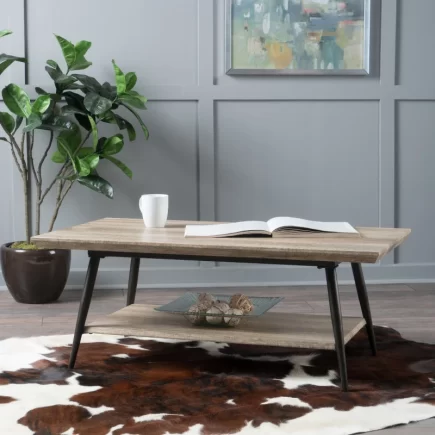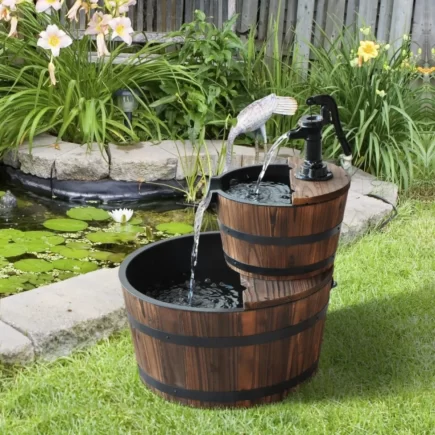Portable washing machines are the perfect solution for people who live in small apartments, dorm rooms, or rental homes where space is tight and plumbing hookups are limited. Unlike traditional washers that demand permanent installation, complex plumbing, and heavy lifting, portable models are compact, lightweight, and designed to connect easily to a standard sink faucet. They can drain into a sink, bathtub, or standpipe, and plug into a regular outlet.

In this guide, we’ll walk you through everything you need to know, from unboxing and connecting hoses to troubleshooting, maintenance, and noise control, so you can get your portable washer running with confidence.
Preparation Before Installation
Proper preparation makes installation much easier and helps avoid common mistakes. Before you even unbox the washer, go through these steps.
Tools and Accessories You’ll Need
Most portable washers include the basic hoses and faucet adapter, but having a few additional tools on hand makes setup smoother.
| Tool/Accessory | Purpose |
| Adjustable wrench or pliers | Tighten hose connections |
| Faucet adapter | Connects inlet hose to sink faucet |
| Drain hose guide | Keeps drain hose positioned securely |
| Extension hoses | Extends inlet or drain length |
| Towel or bucket | Catches water during setup |
| Level | Ensures washer is balanced |
| Rolling cart or dolly (optional) | Helps move and store washer |

Tip: Double-check your washer’s box before buying extras. Some brands include all required adapters and guides.
Measuring Your Space and Ensuring Doorway Clearance
Even though portable washers are smaller than full-size models, they still require proper clearance. Take measurements before deciding where to place it.
| Measurement Area | What to Measure | Why It Matters |
| Floor space | Width and depth of washer footprint | Ensures machine fits in your chosen location |
| Height clearance | Height of washer plus faucet or countertop above | Prevents blocked lids or control panels |
| Doorways/hallways | Width and height clearance | Avoids moving problems |
| Distance to faucet | From washer placement to sink | Confirms inlet hose can reach |
| Drain location | Height and distance to sink/tub | Prevents drainage failure |
Tip: Most drain pumps can only push water 2–3 feet above the machine. If your drain is higher, you may need an extension pump.
Checking Water Source and Drainage Options
Portable washers require a sink, tub, or standpipe for water supply and drainage. Make sure:
- Your faucet has a removable aerator so the adapter fits.
- The sink or tub can handle drainage without splashing.
- The drain height is within the washer’s pump limit.
Power Outlet and Water Supply Compatibility
- Power: Most models run on a standard 120V outlet. Avoid extension cords unless the manual says otherwise.
- Water supply: Requires a threaded sink faucet. Use a universal adapter if your faucet is non-standard.
Step 1: Positioning and Unpacking the Washer
Removing Packaging and Transit Bolts
When you unbox the washer, look for transit bolts on the back. These stabilize the drum during shipping but must be removed before use.
- Unscrew using a wrench or pliers.
- Keep them in case you move later.

Placing on a Stable, Level Surface
Set the washer on a hard, flat surface like tile, vinyl, or concrete. Avoid carpeted areas.
- Use a level to check balance on all four sides.
- Adjust the legs until the washer is perfectly level.
- Lock the legs in place to prevent shifting.

Step 2: Connecting the Water Supply
Attaching Inlet Hose with Faucet Adapter
Most washers include a faucet adapter. To install:
- Unscrew the faucet aerator.
- Screw the faucet adapter in its place.
- Attach one end of the inlet hose to the adapter.
- Connect the other end to the washer’s water inlet.
Tip: If the hose is too short, buy a manufacturer-approved extension. Never stretch hoses, they can split or leak.
Ensuring Leak-Free Connections
- Check that each hose has a rubber washer inside.
- Hand-tighten, then give a slight final twist with pliers.
- Turn on the faucet slowly and watch for leaks.
- If leaking, re-seat the washer or tighten gently.
Note: Overtightening can warp washers and cause leaks.
Step 3: Setting Up the Drain Hose
Options for Sinks, Bathtubs, or Standpipes
| Drain Method | Best Use Case | Pros | Cons |
| Sink | Most common setup | Simple, fast | Risk of splashing |
| Bathtub | No sink nearby | Large drainage area | Hose may slip |
| Standpipe | Permanent laundry space | Cleaner setup | Needs proper height |
Preventing Kinks and Spills with Hose Guides
Always use the included hose guide. It prevents bending and directs water smoothly.
- Secure hose with clamps or zip ties if needed.
- Ensure the hose end is lower than the washer pump outlet.
- Keep the hose free of twists to prevent backups.
Step 4: Leveling the Washer
Adjusting Leveling Feet for Stability
- Place a level on top of the washer.
- Turn the feet clockwise to lower or counterclockwise to raise.
- Lock them with nuts once balanced.
How to Reduce Noise & Control Vibration of Washing Machine
- Place washer on anti-vibration mats.
- Always balance loads to reduce shaking.
- Keep the washer level to prevent walking.

Step 5: Powering and Testing the Washer
Plugging Into a Safe Outlet
- Avoid power strips unless recommended.
- Keep cords dry and away from water.
Running a Test Cycle
Run a short cycle without clothes to test:
- Look for leaks at hose connections.
- Ensure water drains fully.
- Listen for unusual noises.
If everything checks out, you’re ready for regular use.
Common Installation Issues and Troubleshooting
How to Fix Hose Leaks or Loose Connections
- Check rubber washers are in place.
- Tighten connections gently.
- Replace hoses if cracked.
How to Solve Washing Machine Drainage Problems
- Make sure the drain hose isn’t kinked.
- Confirm the drain height is within limits.
- Use a hose guide for smoother flow.
What to Do if the Washing Machine Won’t Start
- Confirm the outlet has power.
- Check if safety switches are engaged (some require lid closed).
- Reset using manufacturer instructions if available.
Maintenance and Long-Term Care
Cleaning Filters and Hoses Regularly
- Clean lint filters after every few cycles.
- Rinse hoses monthly to prevent clogs.
Preventing Mold, Odors, and Water Damage
- Leave the lid open after cycles to air out.
- Wipe the drum with a dry cloth.
- Store washer in a dry area when not in use.
Installing a Portable Washing Machine doesn’t need to be complicated. With the right preparation, a few tools, and step-by-step guidance, you can set up your washer in less than an hour. Once installed, it provides the freedom of doing laundry at home without relying on laundromats or shared facilities.
Whether you’re in a small apartment or a rental, a Portable Washing Machine offers convenience, efficiency, and flexibility, making it one of the most practical home appliances for modern living.
FAQs
1. Can I hook up a portable washer to an outdoor faucet?
Yes, as long as the faucet has the right threading for an adapter and a safe power outlet is nearby. Make sure the drain hose can empty into a proper drain or outdoor area without flooding.
2. Do portable washers use more or less water than traditional machines?
They usually use less water per cycle than full-size washers, making them efficient for small loads. However, frequent use for multiple loads may even out the savings.
3. How long does a portable washer typically last?
With proper care, most portable washers last 5–8 years. Regular cleaning, avoiding overloads, and storing it properly when not in use extend its lifespan.



